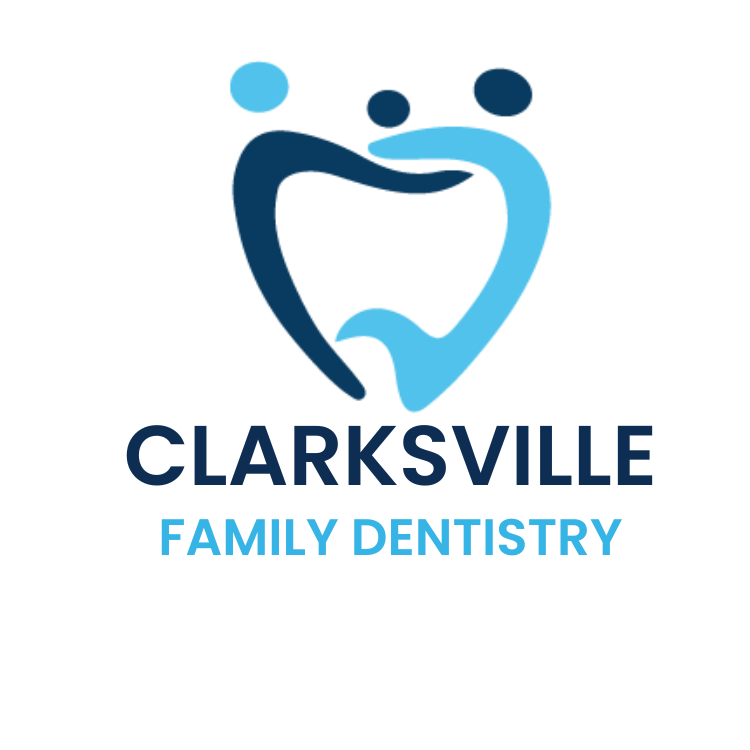
Can Orthodontic Treatment Relieve Symptoms of TMD?
Temporomandibular joint disorder (TMD) can unleash a barrage of discomfort, manifesting as pain and tension in the jaw joint and its neighboring muscles. Amidst the array of treatments available for TMD, orthodontic intervention emerges as a viable avenue for mitigating symptoms and enhancing jaw functionality.
Understanding TMD
TMD encompasses a spectrum of issues affecting the temporomandibular joint (TMJ), the crucial link between the jawbone and the skull. Its onset can stem from diverse factors including jaw misalignment, teeth grinding (bruxism), stress, and arthritis. Symptoms often include jaw pain, audible clicking or popping in the jaw, headaches, and difficulties in mouth movement.
Orthodontic Treatment: An Ally Against TMD
Orthodontic intervention, characterized by braces, aligners, or other appliances, aims to rectify teeth and jaw misalignments. Within the realm of TMD, such treatment endeavors to:
- Realign the Jaw: Correcting malocclusions reduces stress on the TMJ, offering respite from discomfort.
- Enhance Bite Alignment: Optimal bite alignment distributes forces evenly across the jaw, alleviating TMJ strain.
- Address Teeth Grinding: By improving dental alignment, orthodontic measures can mitigate bruxism tendencies.
Orthodontic Solutions for TMD Relief
Diverse orthodontic avenues exist to assuage TMD symptoms:
- Traditional Braces: Employing metal brackets and wires, traditional braces gradually realign teeth, rectifying complex misalignments and enhancing bite alignment.
- Clear Aligners: Invisalign® and similar alternatives provide a discreet, removable solution for mild to moderate misalignments, including those linked to TMD.
- Functional Appliances: Specially crafted to tackle jaw irregularities, functional appliances work in tandem with braces or aligners to optimize bite functionality and jaw mobility.
- Retainers: Following orthodontic intervention, retainers help sustain dental alignment, guarding against TMD symptom resurgence.
Advantages of Orthodontic Treatment for TMD
Orthodontic intervention yields multifaceted benefits:
- Pain Alleviation: By realigning the jaw and alleviating TMJ pressure, orthodontic measures offer relief from TMD-related discomfort.
- Enhanced Jaw Functionality: Improved jaw alignment facilitates smoother movements, aiding in speech articulation and chewing efficacy, thereby curbing teeth grinding tendencies.
Consultation with an Orthodontist
For those grappling with TMD symptoms, seeking guidance from a seasoned dentist or orthodontist versed in TMD management is imperative. A comprehensive assessment will inform the optimal orthodontic approach tailored to individual needs, promising enduring relief and an enhanced smile aesthetic.
